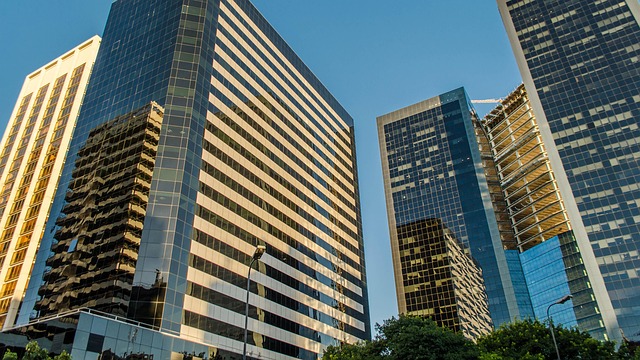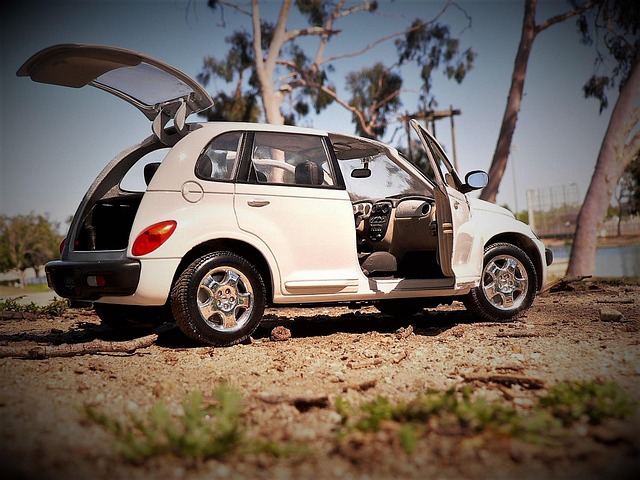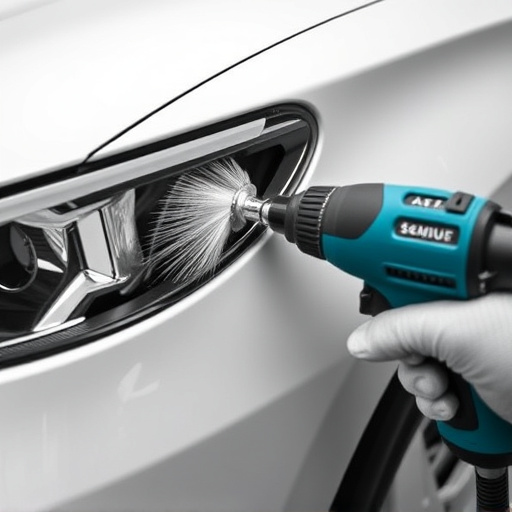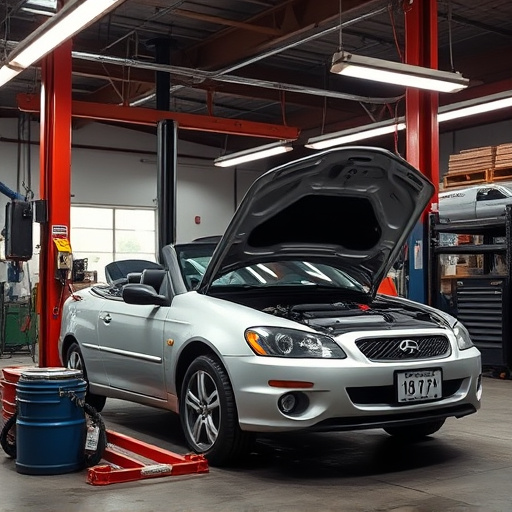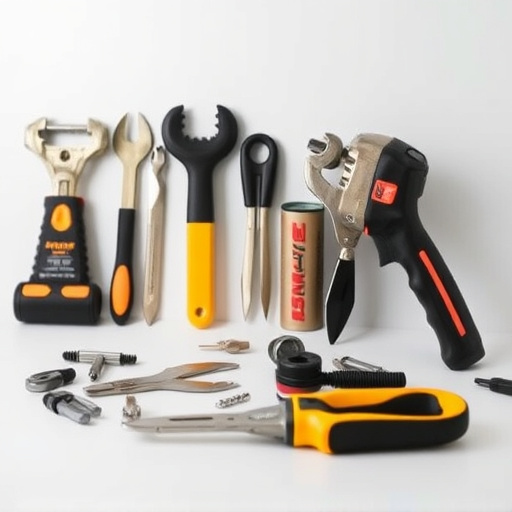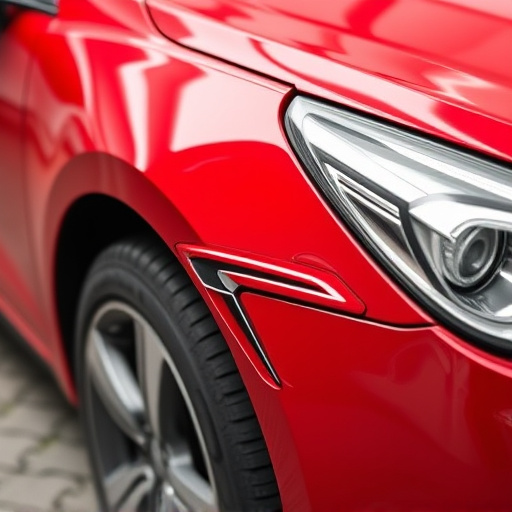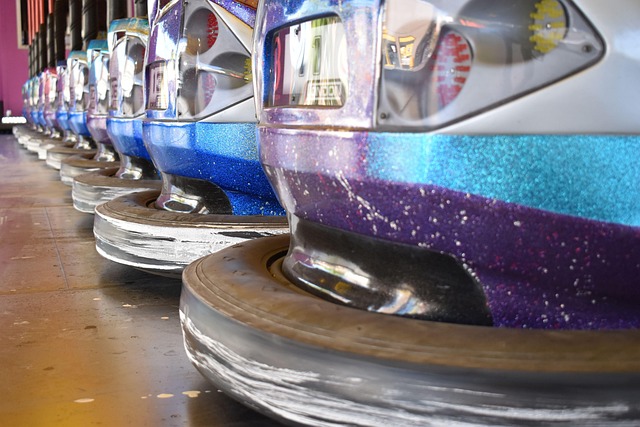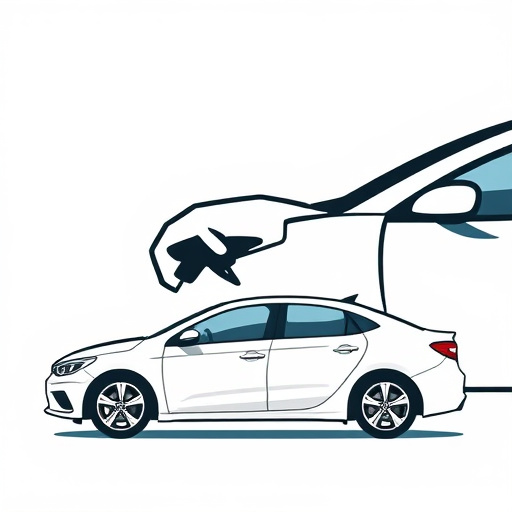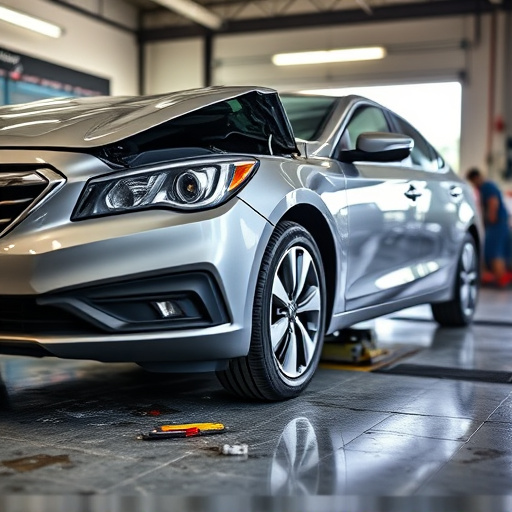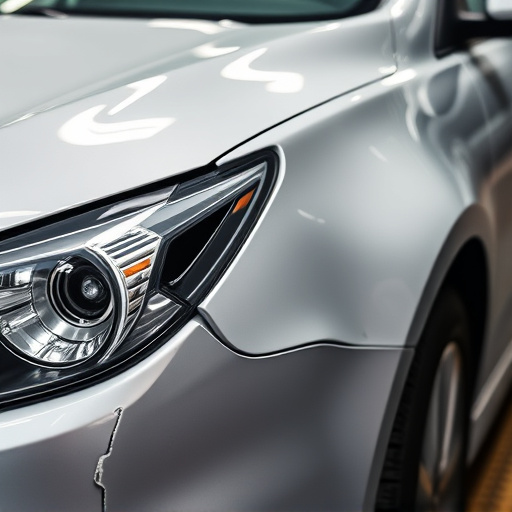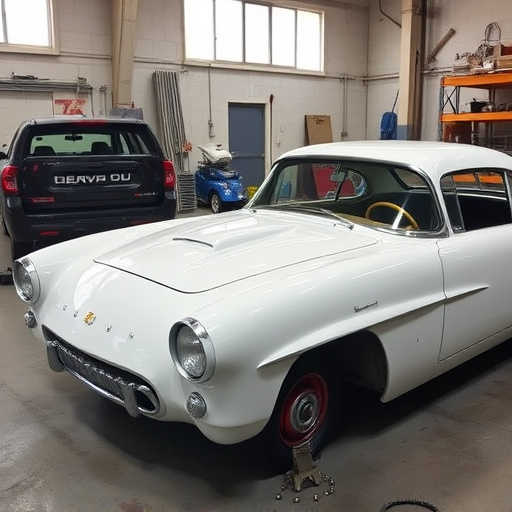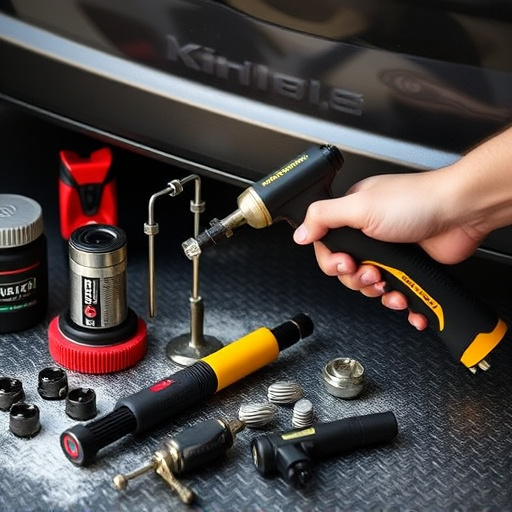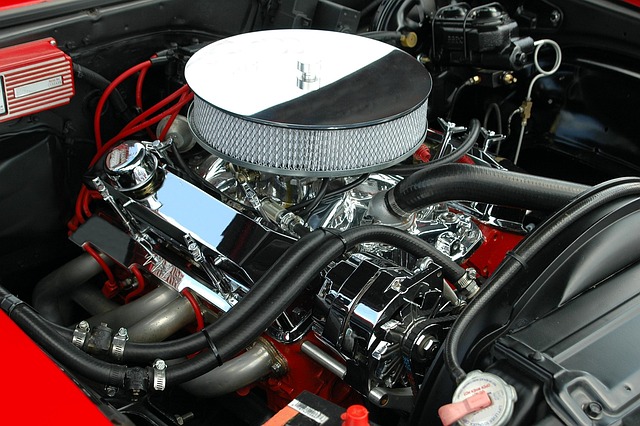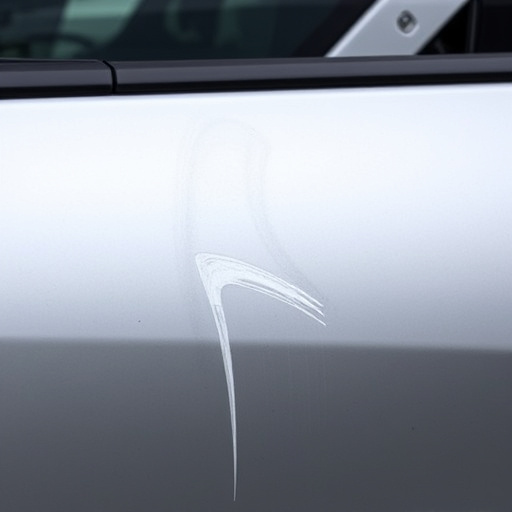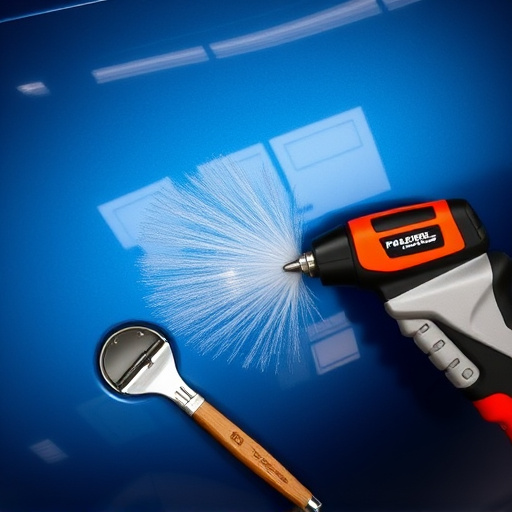Collision paint service restores damaged vehicles to pre-accident condition through meticulous assessment, preparation, and application of high-quality paints. Skilled technicians avoid common mistakes like inadequate surface prep, low-quality materials, and untrained staff by adhering to industry standards for superior durability and aesthetics. Quality inspection, advanced tools, thorough cleaning, and precise matching ensure vehicle parts are restored to pre-collision condition, providing car owners with peace of mind.
“In the realm of automotive repairs, collision paint services play a pivotal role in restoring vehicles to their pre-accident condition. However, navigating this process incorrectly can lead to subpar results and costly mistakes. This article delves into the essential aspects of collision paint service repairs, highlighting common pitfalls to avoid. By understanding the basics and implementing best practices, professionals can ensure quality work, satisfying customers and upholding the reputation of their business in this competitive market.”
- Understanding Collision Paint Service Basics
- Common Mistakes During Repairs
- Ensuring Quality: Best Practices for Collision Paint Services
Understanding Collision Paint Service Basics
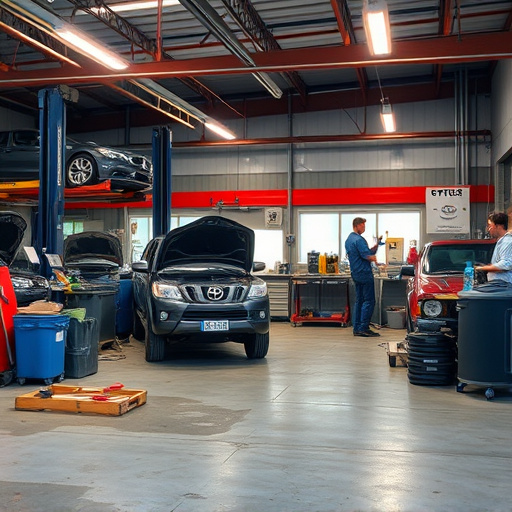
Collision paint service is a specialized process designed to restore vehicles damaged in accidents to their pre-accident condition. It involves several steps, including assessing the damage, preparing the surface, applying new paint, and ensuring a perfect match with the vehicle’s original finish. Understanding these basics is crucial for anyone considering collision paint service repairs at a car repair shop or vehicle repair services.
This process requires skilled technicians who possess the expertise to handle various types of damage, from small dings and dents to significant body panel replacements. By familiarizing yourself with the fundamentals, you can better communicate your expectations and needs to the collision repair professionals, ensuring you receive high-quality work that meets or exceeds industry standards.
Common Mistakes During Repairs
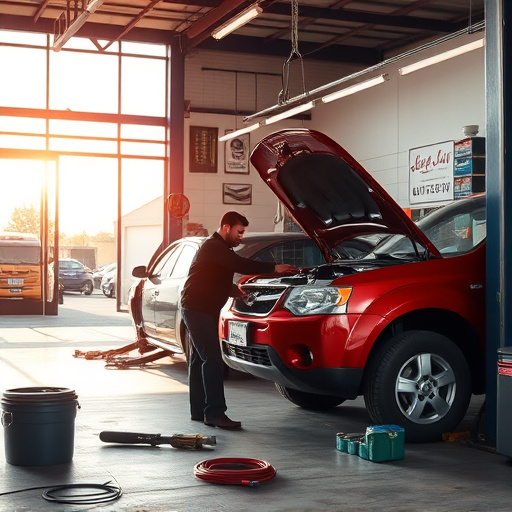
In the realm of collision paint service repairs, several common mistakes can lead to subpar results and dissatisfied customers. One significant blunder is the failure to properly prepare the vehicle’s surface before applying new paint. This preparation, including meticulous sanding and degreasing, is crucial for achieving a smooth, even finish. Skimping on this step often results in visible imperfections, such as orange peel or uneven shading, which can mar the overall aesthetics of the repair work.
Additionally, using low-quality paints or improper application techniques can be another pitfall. Automotive repair services that cut corners by opting for subpar paint or employing unskilled technicians may produce less durable and less aesthetically pleasing finishes. Car paint services that adhere to industry standards and invest in high-quality materials and skilled labor are more likely to deliver superior results, ensuring the restored vehicle looks as good as new on the road.
Ensuring Quality: Best Practices for Collision Paint Services
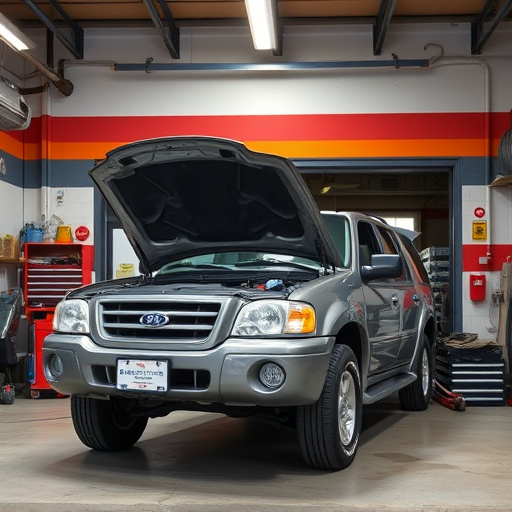
In the realm of collision paint service repairs, ensuring quality is paramount to customer satisfaction and long-lasting results. Best practices involve utilizing high-grade paints and materials that match the original equipment specifications precisely. Skilled technicians should carefully inspect the damaged area before beginning repairs, taking into account not just the visible aspects but also hidden damage that could impact the final outcome. Advanced diagnostic tools can help identify these subtle issues, ensuring every part of the vehicle is restored to its pre-collision condition.
Additionally, proper preparation and surface treatment are crucial steps often overlooked. This includes thorough cleaning, degreasing, and sanding to create a smooth base for painting. By adhering to these best practices, collision paint service providers can guarantee not only the aesthetics but also the structural integrity of repaired vehicles. Remember, quality workmanship translates into peace of mind for car owners, knowing their vehicle is in top condition after any collision-related repairs, including expert car dent repair and even tire services when necessary.
When it comes to collision paint service repairs, avoiding common pitfalls is key to achieving high-quality results. By understanding the basics, recognizing typical mistakes, and adhering to best practices, auto body shops can ensure their work meets industry standards. Investing time in proper training, utilizing quality materials, and maintaining a meticulous process will not only enhance customer satisfaction but also foster a reputation for excellence within the collision paint service sector.
